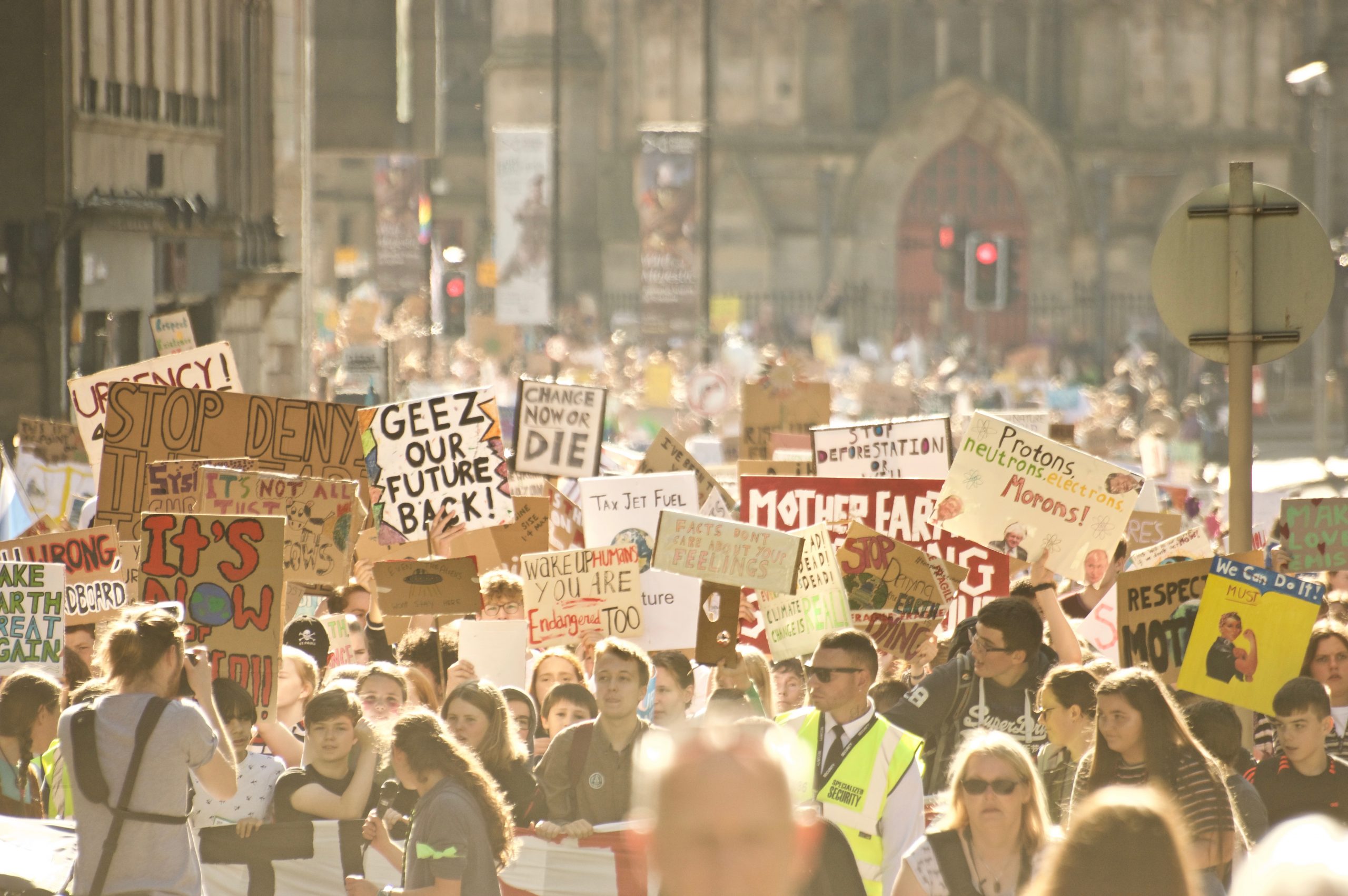
Edinburgh pollution zones extended as policies fail
Friends of the Earth Scotland called for urgent action on pollution from transport as the number of Edinburgh streets which fail air quality standards increased today (26 April 2013), with an additional six miles of streets now classed as polluted. The City of Edinburgh Council is extending its existing three air pollution problem zones and adding two new ones at Inverleith Row and Glasgow Road because targets for air pollution are not being met.
Dr Richard Dixon, Director of Friends of the Earth Scotland, said:
“Having to include even more streets in the pollution zones is a sure sign that a decade’s worth of action plans have failed. Pollution from cars, vans, buses and lorries is still having a serious impact on our health and the Council needs to take urgent action on transport to bring the Capital’s air up to scratch. We need fewer and cleaner vehicles, as well as more action on public transport, walking and cycling.
“An additional 6 miles of Edinburgh’s streets now have such unhealthy air that they legally have to be included in the official pollution zones. Princes Street, George Street, most of the Royal Mile and the Grassmarket are all now included, spelling bad news for tourism. The inclusion of Gorgie Road, London Road and some of Easter Road means that many more people are living in polluted areas than previously thought.”
Councils are obliged to declare Air Quality Management Areas for locations where European, UK or Scottish air quality targets are not going to be met. The original three AQMAs in Edinburgh are Central, St Johns Road and Great Junction Street. The two new AQMAs are at Inverleith Road and Glasgow Road, and extensions to the boundaries of the Central and Great Junction Street areas come into force today. The Cowgate, the Grassmarket, most of Gorgie Road, London Road and the top of Easter Road will be added to the Central zone. The Great Junction Street zone has had Bernard Street, Commercial Street and North Junction Street added.
Last year similar reviews led both Dundee and Glasgow to declare the whole of each city as polluted zones.
Dr Dixon continued: “Air pollution is killing off around 3,000 people a year in Scotland, and government and local authorities have done almost nothing about it for more than a decade. It is a disgrace that people are still breathing air which is bad for their health years after the standards were supposed to have been met.”
ENDS
For media enquiries, please contact: Dr Richard Dixon, Director, Friends of the Earth Scotland
t: 0131 243 2700
Notes to Editors
1. Details of the additions to the current zones and the two new zones are here:
http://www.edinburgh.gov.uk/airquality
2. Friends of the Earth Scotland revealed the scale of air pollution problems in Scotland’s cities: http://www.foe-scotland.org.uk/news030213 This showed that Edinburgh’s St John’s Road and Queensferry Road failed the standards for nitrogen dioxide pollution in 2012 and were in the top ten most polluted streets for this pollutant. Salamander Street in Leith was the second most polluted street in Scotland for particle pollution and failed the Scottish objective for this pollutant.
3. Live measurements of air pollution in Edinburgh can be found here:
http://www.scottishairquality.co.uk/
Detailed measurements around the city in 2012 can be found here: http://www.edinburgh.gov.uk/downloads/file/9690/uncorrected_passive_diffusion_tube_monitoring_data
Of these 66 of the 75 sites monitored fail to meet the European standards. See also notes on this data here: http://www.edinburgh.gov.uk/downloads/file/8781/no2_data_guidance
4. New research revealed the extra threat from air polliution for heart attack victims:
http://www.foe-scotland.org.uk/news200213
5. Friends of the Earth Scotland is * Scotland’s leading environmental campaigning organisation * An independent Scottish charity with a network of thousands of supporters and active local groups across Scotland * Part of the largest grassroots environmental network in the world, uniting over 2 million supporters, 77 national member groups, and some 5,000 local activist groups – covering every continent.
